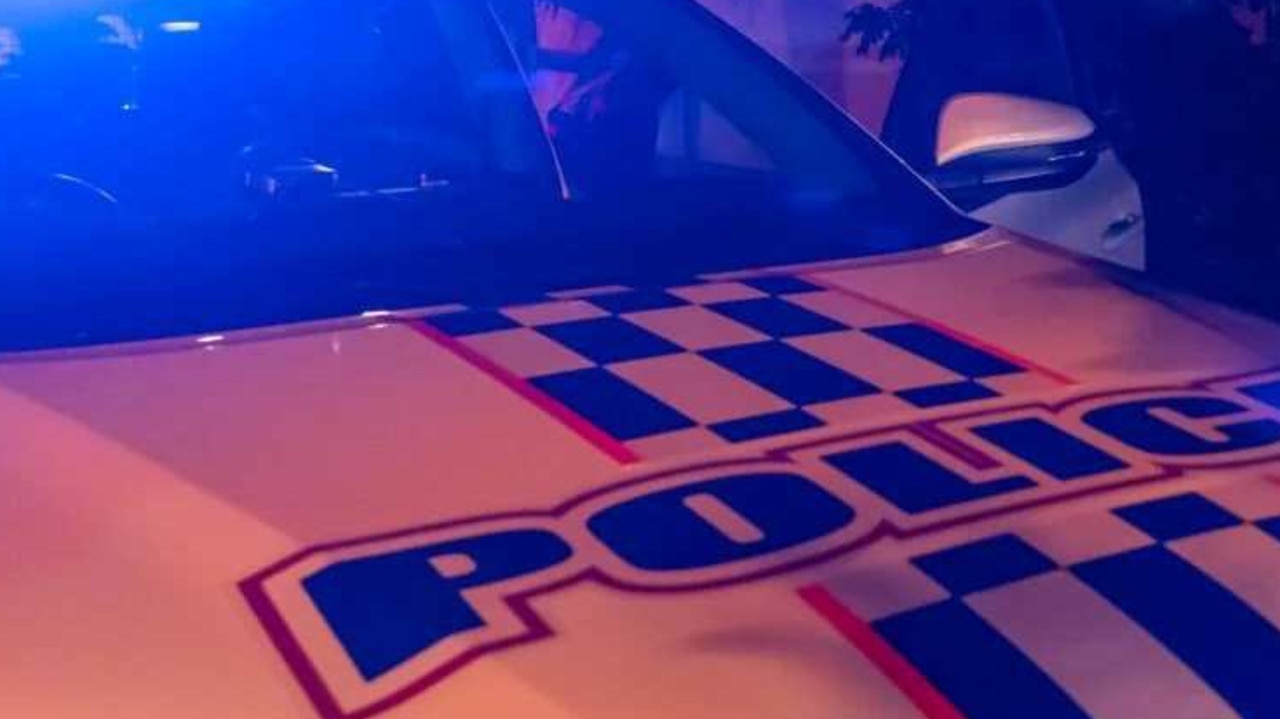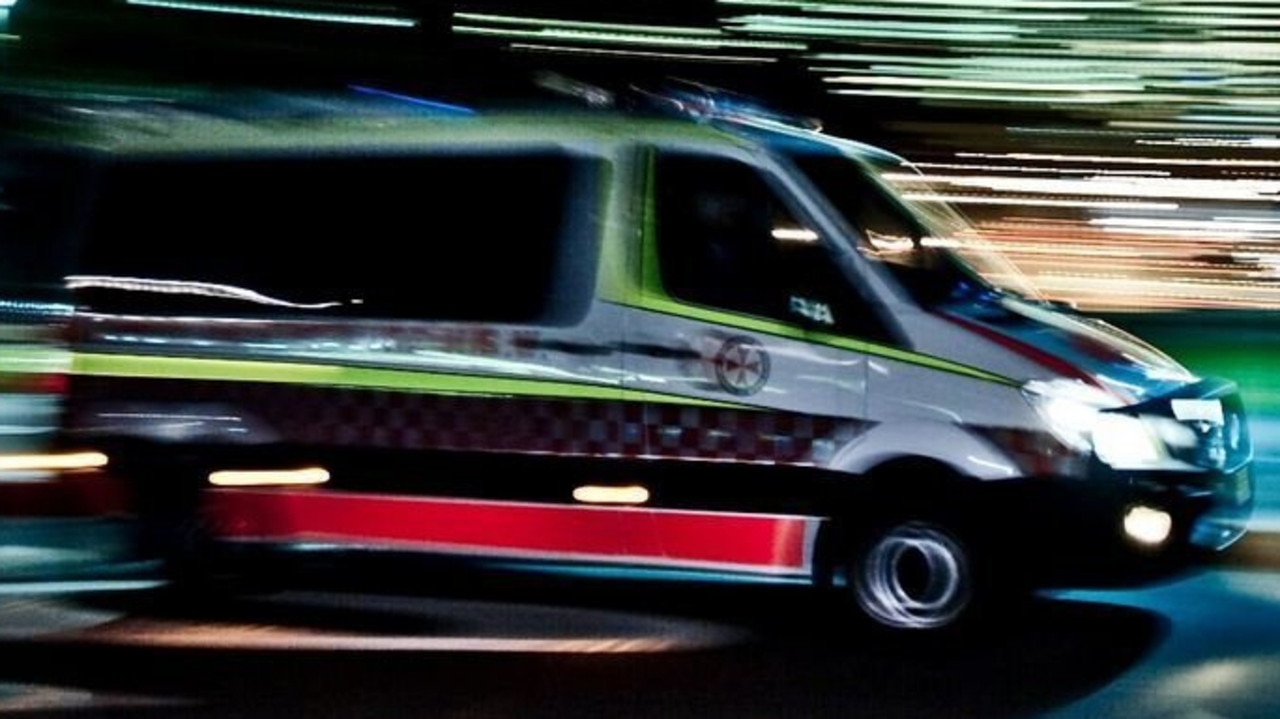Taipan Chopper gained altitude before nosediving into ocean
The MRH-90 Taipan helicopter that crashed in the Whitsundays during a training exercise had 17 “outstanding action items” yet to be implemented following a separate incident involving a helicopter of the same type years earlier, an inquiry has heard.
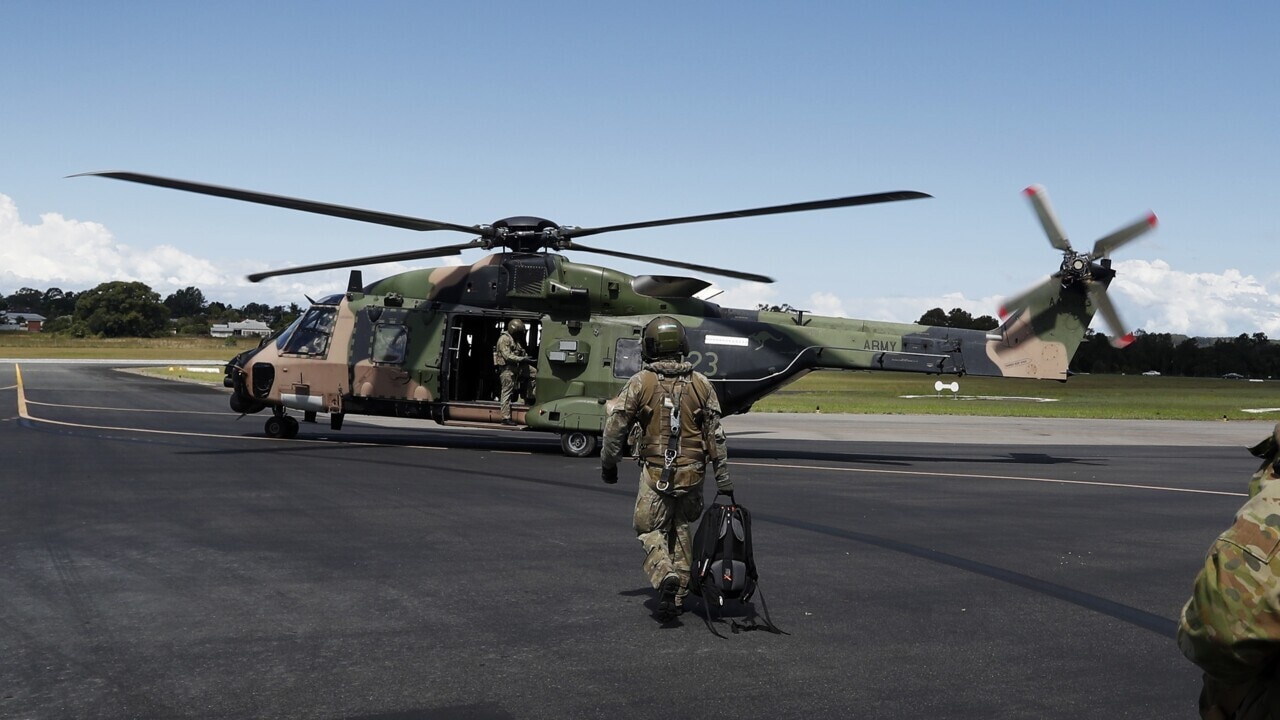
Police & Courts
Don't miss out on the headlines from Police & Courts. Followed categories will be added to My News.
The MRH-90 Taipan helicopter which crashed near Lindeman Island in the Whitsundays during a night training exercise last July gained altitude before diving nose first into the water, an inquiry has heard.
The MRH-90 Inquiry opened for one day of hearings in Brisbane this morning.
The crash near Lindeman Island in the Whitsundays on July 28 last year cost the lives of Captain Danniel Lyon, Lieutenant Maxwell Nugent, Warrant Officer Class 2 Joseph Laycock and Corporal Alexander Naggs.
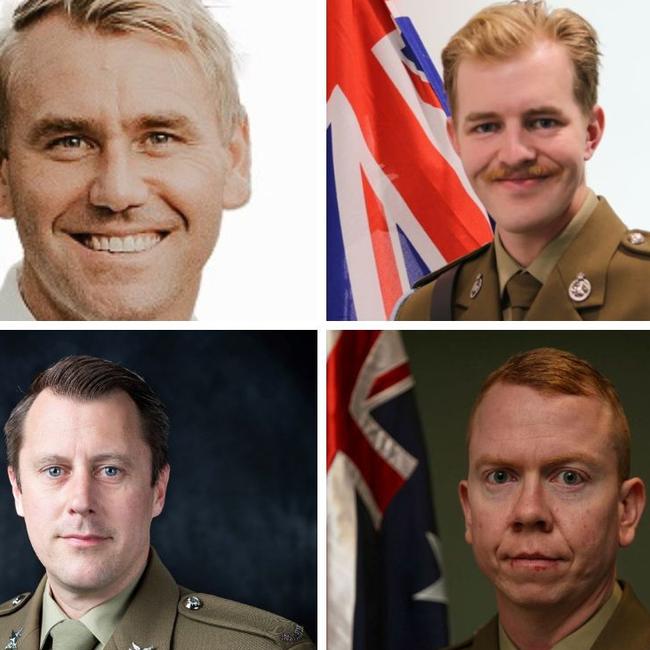
Former judge Margaret McMurdo has been appointed to lead the independent inquiry into the training accident and is supported by Air Vice-Marshal Joe Iervasi and Reservist and Barrister Colonel Jens Streit.
The inquiry was told the deceased men were the focus of the inquiry and held a minute’s silence in remembrance of them before taking evidence.
The inquiry heard the helicopter changed its flight plan to avoid weather conditions on the night of the accident.
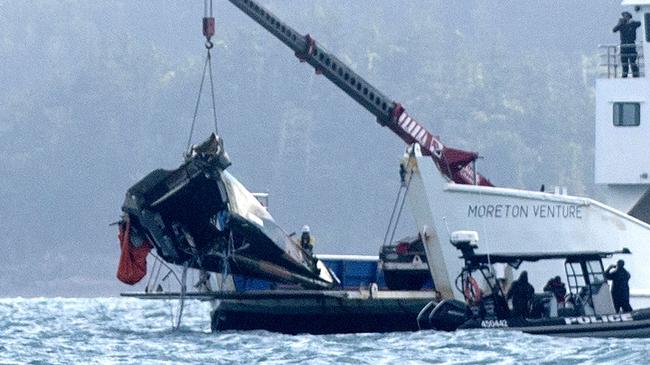
It then gained altitude before plunging nose first into the water.
Air Vice-Marshall Iervasi said it was the nature of military service that accidents sometimes occurred.
“I have had a few close calls myself,’’ he said.
Air Vice-Marshall Iervasi said he had lost friends in such accidents and experienced the impacts such deaths had on friends, loved ones and family.
He said openness, honesty and trust were important when examining military accidents.
“When something happens, it is incumbent on those involved to speak up.’’
The inquiry heard there were 17 “outstanding action items” yet to be implemented on MRH-90 helicopters when the July 28 crash occurred, after an incident involving another MRH-90 in 2020.
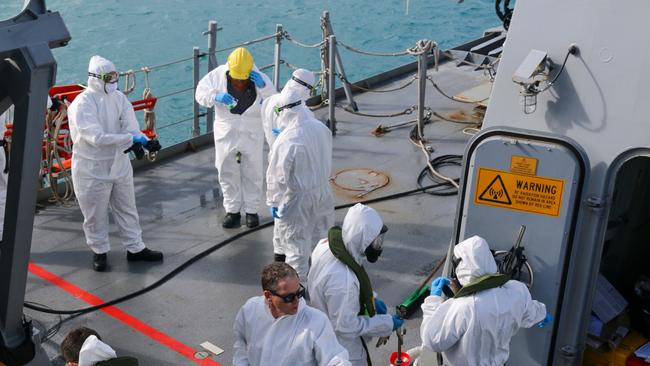
In November 2020, there was an aircraft that lost situational awareness during an exercise, and after that incident there were two further incidents before the main subject of the inquest, on July 28.
“So what I do understand is the incident of 11 November 2020 occurred (then) I believe it was 12 months later the defence safety bureau report was released,” Air Vice Marshall Iervasi said.
“I believe it was then another six months for the implementing directives to be released in June 2022.
“I believe that the implementing directions had a number of action items ... or implementation by November-December 2022.
“I am also aware through the records that at the time of the accident on the 28th July 2023 there were still 17 outstanding action items to be implemented.”
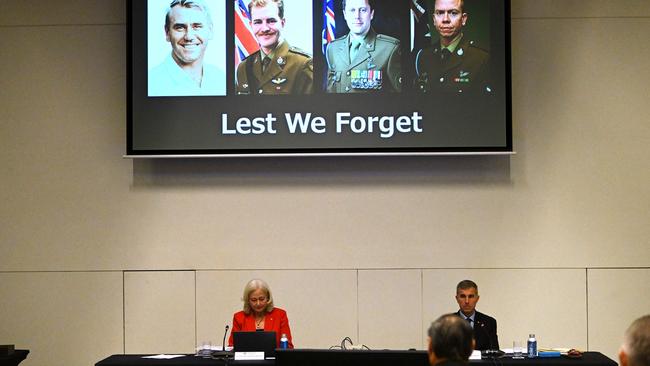
Lt Col Tony Cameron when questioned said despite the three incidents people were condifent to fly the MRH-90.
“It was definitely a safe platform to fly with a robust maintainable and worthy system,” he said.
“They were like any aircraft type that you’re trying to do multiple things with.
“There are pros and cons with what MRH may be able to achieve compared to another aircraft.”
When asked about Officer Laycock, Lt Col Cameron said: “He was one of the if not most confident, professional and relied-upon senior aircrewman that we had.”
Before the July 2023 incident, the inquiry heard there was another incident on March 2023 where one of the engines failed and created a loss of power resulting in the aircraft ditching and landing in water.
The inquiry continues.

